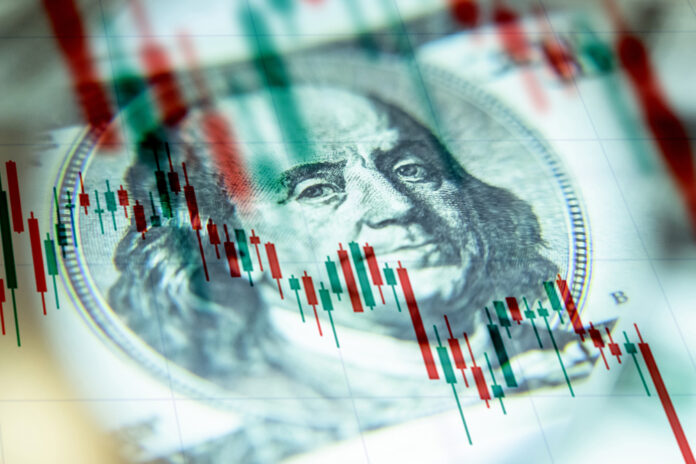The country’s gross international reserves (GIR), an indicator of capacity to pay for maturing foreign currency obligations, based on preliminary data, rose to USD104 billion as of end-March 2024 from the end-February 2024 level of USD102. billion.
The latest GIR level, the Bangko Sentral ng Pilipinas (BSP) said, represents a more than adequate external liquidity buffer equivalent to 7.7 months’ worth of imports of goods and payments of services and primary income. It is also about 6.1 times the country’s short-term external debt based on original maturity and 3.7 times based on residual maturity.
The month-on-month increase in the GIR level reflected mainly the national government’s (NG) net foreign currency deposits with the BSP, upward valuation adjustments in the value of the BSP’s gold holdings due to the increase in the price of gold in the international market, and net income from the BSP’s investments abroad.
Similarly, the net international reserves, which refers to the difference between the BSP’s reserve assets (GIR) and reserve liabilities (short-term foreign debt and credit and loans from the International Monetary Fund (IMF)), increased by USD1.8 billion to USD103.8 billion as of end-March 2024 from the end-February 2024 level of USD102 billion.







